As parents, we are very conscious of what our children eat. You may be watching and laying rules on how much candy your child can eat in a day or week. Have you wondered about the sugars that are added to the packaged or processed foods that your child is eating or drinking each day?
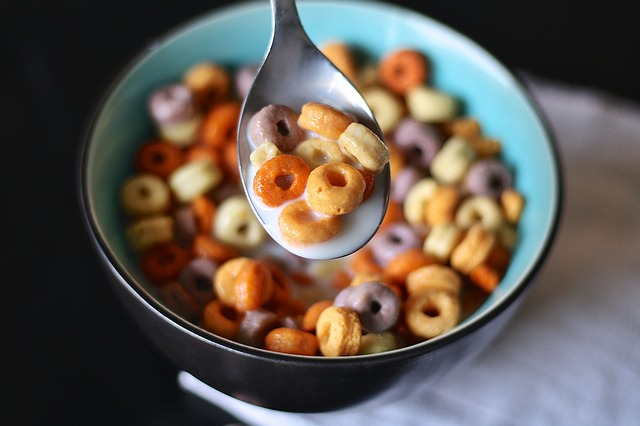
Ever read the labels on your child’s breakfast cereal box or the store-bought strawberry flavoured yogurt that you thought was “healthy”?
When I moved to Singapore 9 years ago, my son was 2 years old and as a snack I would give him apple juice in a tetra pack, thinking this was really healthy. Well after all its apple juice. The packaging also had a “No added sugar” label.
Not quite.
A 250 ml container of Marigold orange juice has 18 grams of sugar.
4 grams is equal to 1 teaspoon of sugar, so in that 250 ml of orange juice (approximately a glass), there are 4 and a half teaspoons of sugar. You will also find such hidden sugar in store-bought pasta sauces, pretzels and flavoured yogurts.
Would you add that much sugar on top of your child’s toast and give it to them for breakfast?
How sugar is mentioned in packaged foods
Sugars ending in ose include:
- Sucrose, Maltose, Dextrose, Fructose, Glucose, Galactose, Lactose, High fructose corn syrup, Glucose solids
Regardless of how they sound, the following are all sugar:
- Cane juice, Dehydrated cane juice, evaporated can sugar, raw sugar, cane juice solids, Cane juice crystals, Dextrin, Maltodextrin, Dextran, Barley malt, Beet sugar, Corn syrup, Corn syrup solids, corn sweetener, honey, invert sugar, molasses, Caramel, Buttered syrup, Carob syrup, Brown sugar, Date sugar, Malt syrup, Diatase, Diatastic malt, Fruit juice, Fruit juice concentrate, Dehydrated fruit juice, Fruit juice crystals, Golden syrup, Turbinado, Sorghum syrup, Refiner’s syrup, Ethyl maltol, Maple syrup, Yellow sugar, Sugar alcohol.
4 grams of sugar = 1 teaspoons or 1cube
If a package reads 24 grams of sugar, that means 6 teaspoons of sugar.
Surveys completed by the U.S. Department of Agriculture show that sugar consumption has increased almost annually since 1982. Sources of this sugar commonly include cane sugar, beet sugar, corn syrup, and corn sugar. The cause of this increase is greatly related to added sugars within a wide variety of popular soft drinks and processed junk foods.
⇒ Related Read: A Guide To Preventing Childhood Obesity
How much sugar are you consuming with the following common foods?
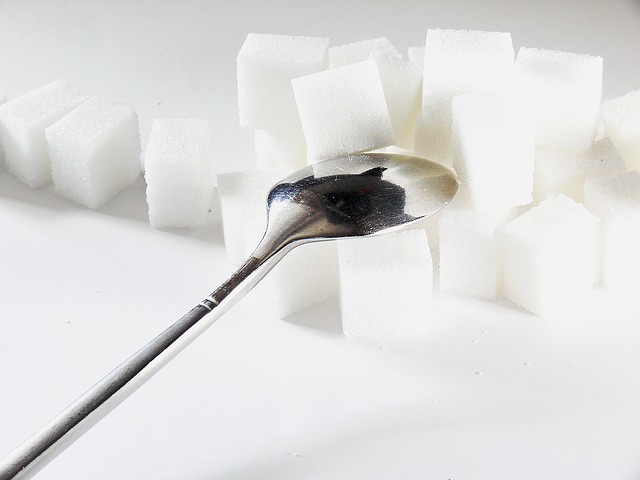
- A candy bar with 24g of sugar is equal to 6 cubes of sugar
- A liter of soda with 124g of sugar is equal to 31 cubes of sugar an 8.3oz energy drink with 27g of sugar is equal to 7 cubes of sugar
- 2 pancakes with 1/4 cup syrup are equal to 9 cubes of sugar
- 1 pint of vanilla ice cream with 84g of sugar is equal to 21 cubes of sugar
So before you buy your packaged foods or drinks, look out for these hidden sugars.
This article is contributed by Ashrafi Bhagat, an Integrative Nutrition Health Coach at Engergy and Wellness (www.energyandwellness.org)
If you find this article useful, do click Like and Share at the bottom of the post, thank you.
Like what you see here? Get parenting tips and stories straight to your inbox! Join our mailing list here.




































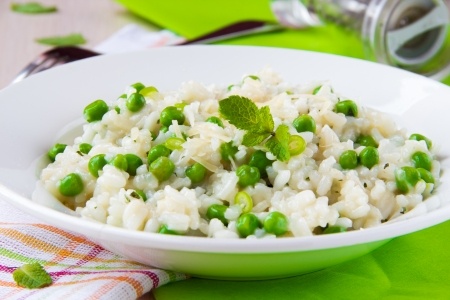
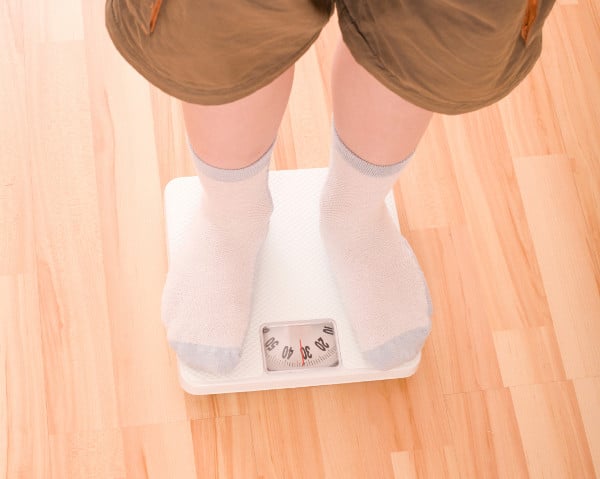
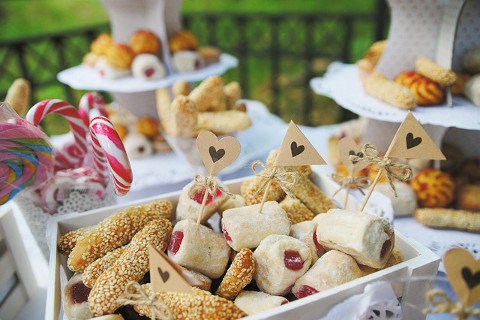

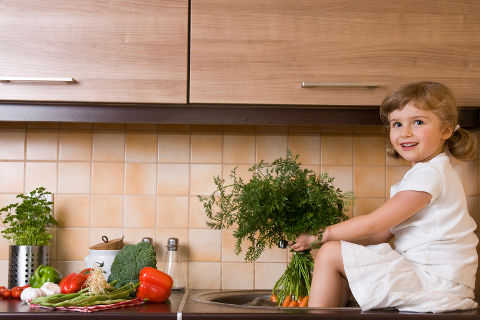

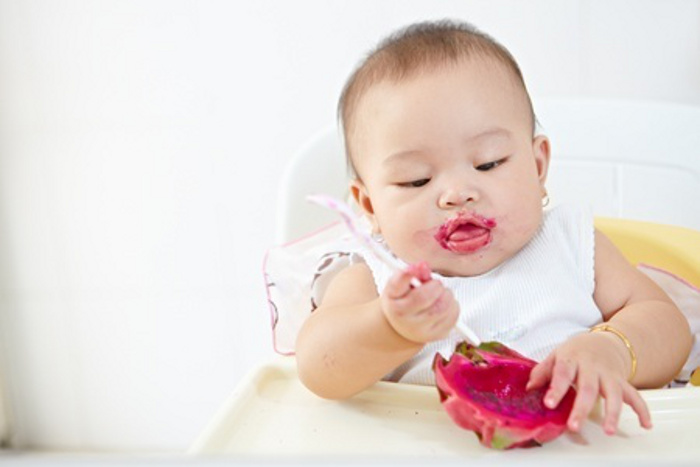
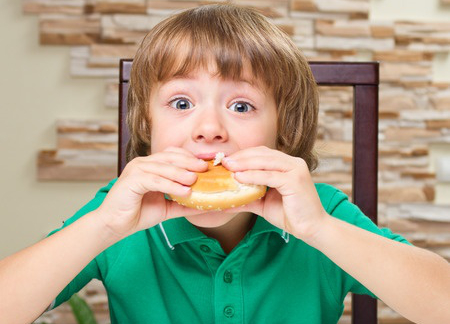
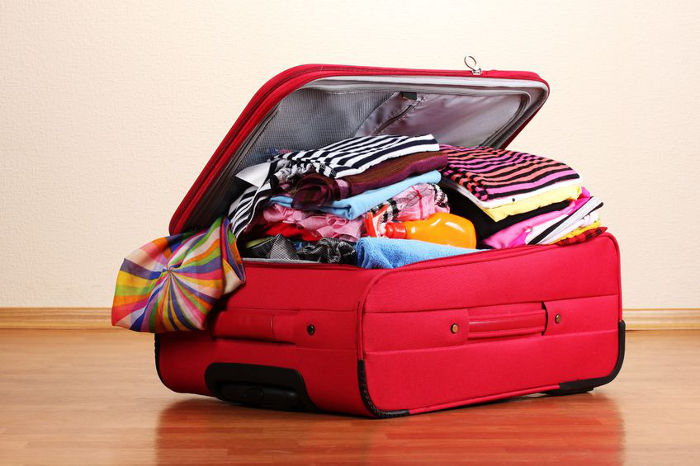
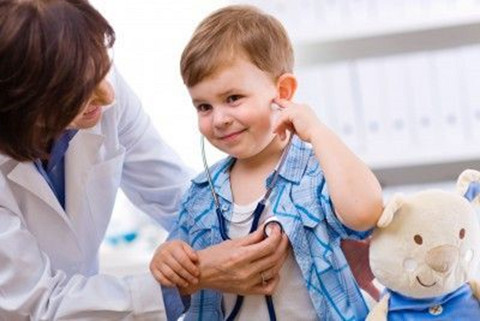










Leave a Comment: